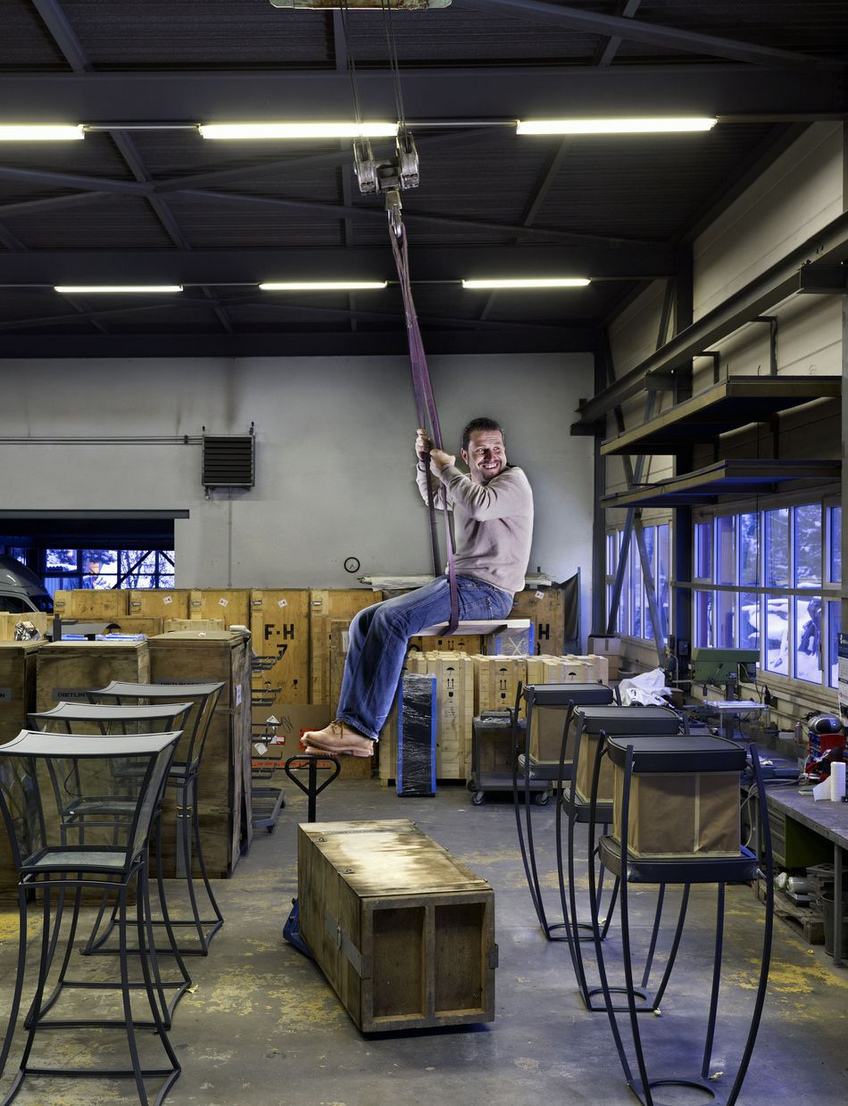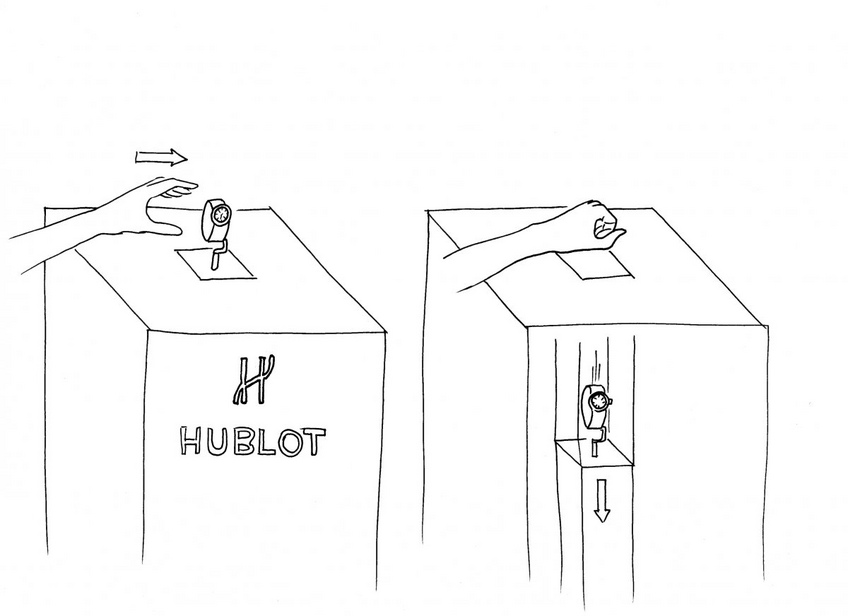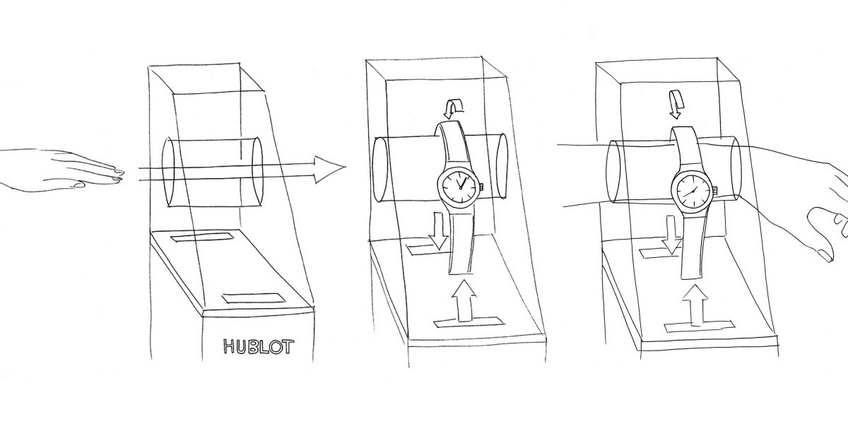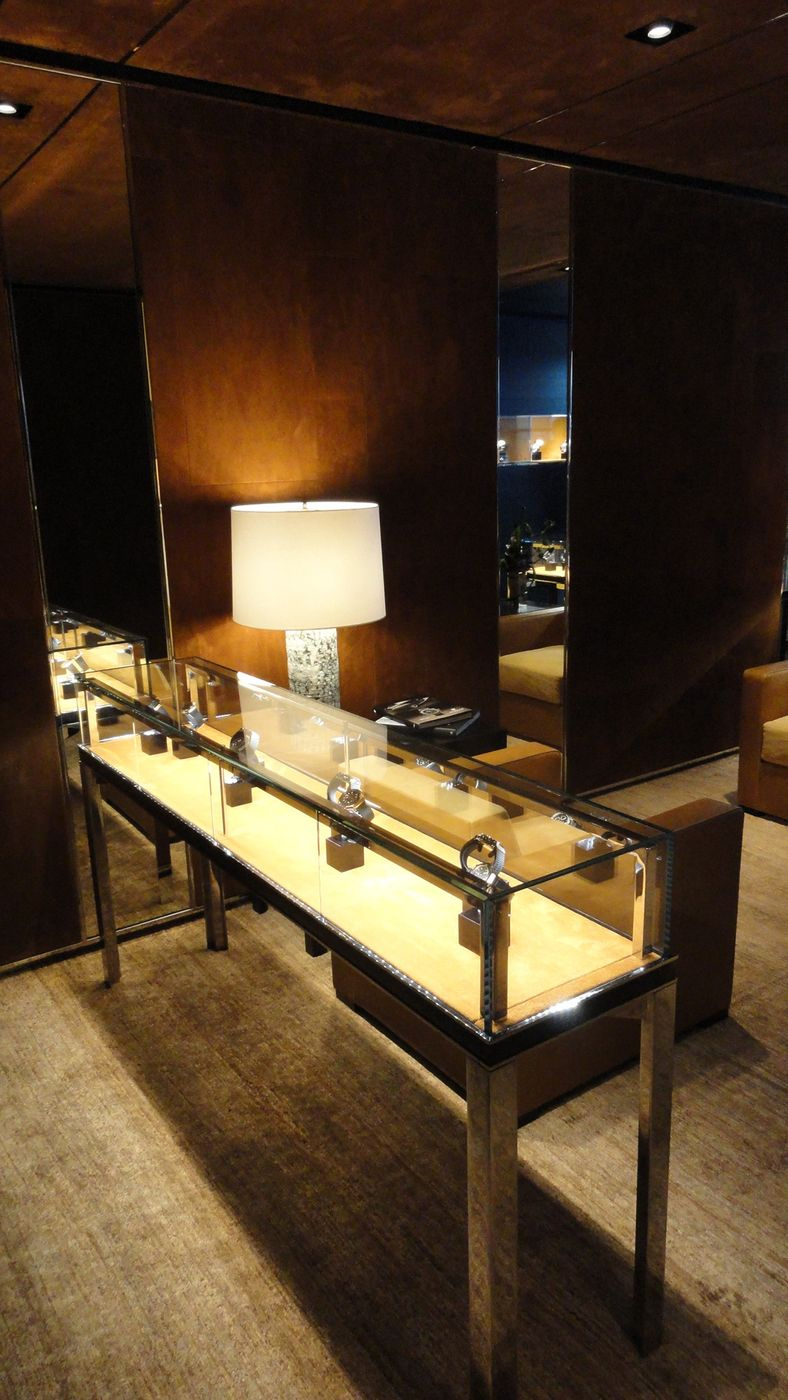

Xavier Dietlin: horology’s showcase maker
He is everywhere but no one ever sees him. Xavier Dietlin attends watchmaking events around the globe in order to put the work of watch brands in the spotlight. On the brink of January’s and March’s fairs, we sketch the profile of a maestro.
In less than ten years, Xavier Dietlin has won over both independent brands and leading watchmaking groups. His wild creativity makes CEO’s become infatuated with the feats his windows achieve. However, he also knows how to be discreet and indeed sometimes he almost disappears in order to put watches in the spotlight. His “smart” display windows make people stop automatically to admire them and, consequently they end up observing the windows’ precious content: the watch.

It all began in Porrentruy in 1954. At the time, Dietlin – which incidentally has its origins in this region traditionally linked with watchmaking – used to produce mainly metallic goods yet had nothing to do with horology. Between the 1970s and the 1980s, the father of Xavier Dietlin, the current CEO, decided his company should focus on construction.

The company was even renowned for some of its work such as its contribution to building the Olympic Museum in 1991. While the company evolved in a rather flourishing sector, Xavier Dietlin, played soccer professionally for Servette and Sion, before playing league matches and friendlies in Navarre with famous players such as Stéphane Chapuisat and André Egli.

International success
However, a severe injury forced Dietlin to hang up his boots. Today, he is optimistic and sees it as the chance of a lifetime as it has brought him closer to the work his father started. When he took over the company and moved to Romanel-sur-Lausanne, he completely changed career paths by deciding to put his family-inherited skills at the service of a type of smaller construction work – one watchmaking needs in order to be appreciated. The change came naturally to him because he admitted to being more interested in watches than in buildings.
He initiated a new era of state-of-the-art watch display windows. He owes his international success to his “talking pieces”, whose spectacular look made people stop in their tracks to experience a spectacle close to that of the work of an illusionist.

We are indeed talking about the “Raptor” project. Launched in 2012, it is a showcase that does not use any glass and causes jaws to drop. Indeed, when a passer-by tries to touch the watch, it immediately disappears into the showcase’s base. And it is way faster than the moving horns of a snail and completely out of the reach of Arsène Lupin’s tricks. In short, this small company that triggered a lot of buzz has become a sort of rite of passage for established brands. The first brands to jump on the bandwagon were Hublot, Breguet and F.P. Journe, and many others followed.
An experience full of emotions
The company could not have hoped for a better chain of events than that which followed the huge success of the Raptor. Indeed, Dietlin received so many orders for the Raptor that it had to learn to deal with a demand that exceeded its production. Xavier Dietlin is never at his wit’s end; he is always adding images, rotations or multiple disappearances to his showcases. These, of course, always generate a series of emotions and wonder for the benefit of the dream the showcased watches produce. It is reality with a hint of virtual effect; amazing for visitors and captivating for passers-by. Without ever overdoing it, the sector’s omnipresent actor is careful to give the right dosage to its service without overshadowing the object it serves.



